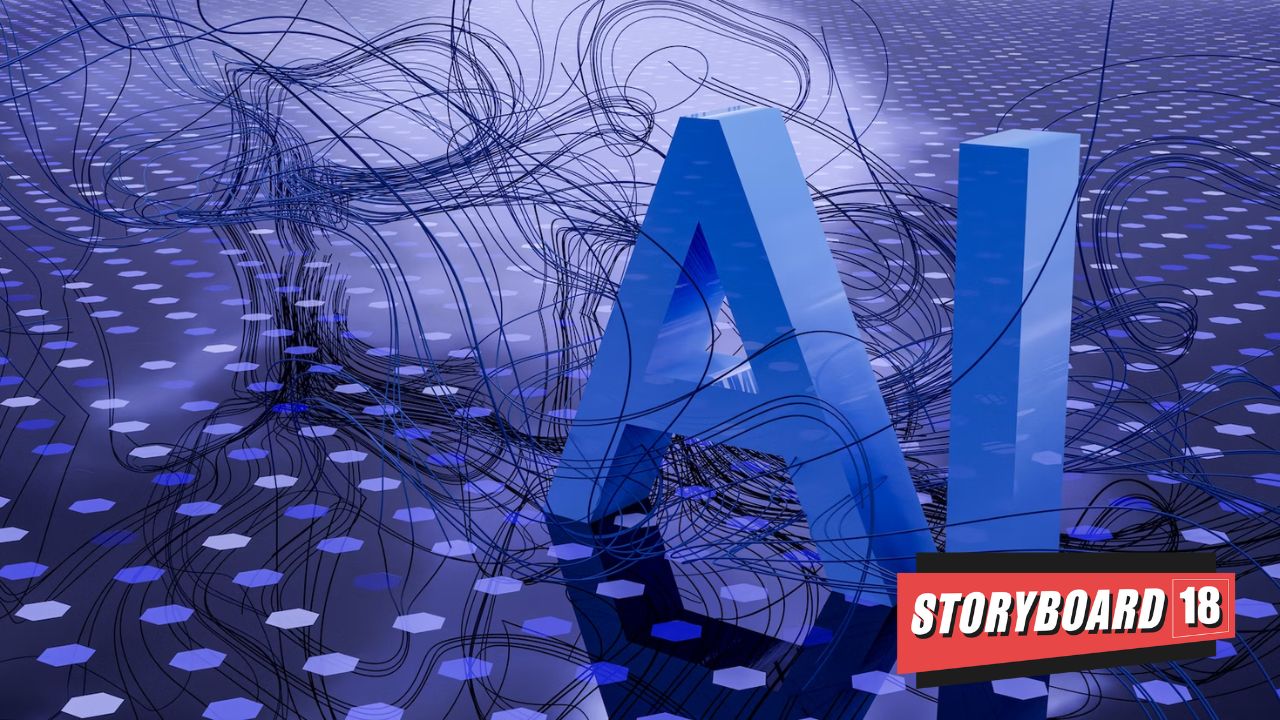Creativity is all about doing things in new and innovative ways and exploring things in ways that have not been done before. This applies to all sorts of industries, including creative ones like fashion or traditional ones like pharmaceuticals. In each of these industries, creativity plays out in very different ways, and the way AI plays a role in each of these is also different. Creativity encompasses a lot of things and finds space everywhere.
AI has been there since the 1950s, but historically has been used for much more mundane, repetitive tasks which do not have much cognitive overload. The whole paradigm is changing with the new variations of AI and Generative AI, where machines instead of just trying to understand what has happened, can create new content as well. For the first time, machines are creating new content, new things, new designs which was earlier not possible.
The first thought that comes to mind is that, yes, AI is probably going to kill creativity as we know it today. But the big differentiator is that any machine cannot do some crucial tasks or crucial things that humans can. It is about taking care of emotions, it is about experiences and the ability to think about new things. Those are very uniquely human things, which are essential ingredients for creativity. Any sort of AI that is there today or in the foreseeable future cannot break that barrier. Because even generative AI, at its most basic, is looking at existing patterns, existing systems and creating new things that follow those patterns.
For example, Van Gogh made so many beautiful paintings over time. Similarly, other painters in the Impressionist and other eras made beautiful pieces of art. Generative AI can look at that art, it can understand the distinctive differences from one artist to another in terms of how thick of a paint they use, what their brushstrokes look like, what kind of themes they pick up on when they are making their art, etc. Those intrinsic things can be picked out by AI to create a new piece of art which follows some of those or a combination of those elements to create something new. But it is still a pattern that existed before, not something that is entirely new. That defines the difference between true creativity that a human mind can do versus what a machine led by AI can do. Hence, AI won’t be the death of creativity, but be more like an assistant to human creativity.
Let’s look at industries like fashion and advertising, for example. These industries are very time intensive in how development of new designs takes place. Now the reason for that is it is dependent on the human who is doing the work to come up with different iterations that are required at each stage to then move it forward and get towards the final product. This is a place where AI, instead of being a hindrance to creativity, can actually be an assistant towards being more creative.
Once you’ve decided on the direction or different directions that you might want to consider, you can then set AI to come up with different iterations in directions that the human has shown. And the human mind can then continue focusing on the deeper aspects of what is required. This way you end up reducing the cycle time required for creative tasks significantly. However, caution must accompany the integration of AI, particularly concerning potential risks.
Copyright infringement looms large; drawing inspiration from existing works may inadvertently violate intellectual property rights. Moreover, there’s the risk of homogenization, wherein AI, relying solely on past patterns, reinforces popular trends, stifling innovation. Additionally, biases inherent in AI training data pose a significant concern. Heightened awareness of these risks is essential when deploying AI in creative tasks.
Over-reliance on AI poses dangers too. It should be clear that humans retain control, with AI serving as a tool. While governments and policies are still evolving in response to AI, it’s imperative for users to remain cognizant of the regulatory landscape. Users should align their endeavours with evolving policies to mitigate risks and ensure ethical use of AI.
In essence, leveraging technology for desired outcomes while preserving human elements—emotions, experiences, and innovation—is paramount. AI can facilitate collaboration across diverse domains, fostering novel problem-solving approaches. Technology, including AI, must be viewed as an enabler, enhancing human effectiveness and creativity. Policies and guidelines should empower humans to drive progress, underscoring human primacy in decision-making.
In conclusion, the question arises: How can we harness technology to drive desired outcomes while preserving human creativity? One approach involves AI facilitating collaboration, encouraging diverse perspectives in problem-solving. Ultimately, technology should empower humans to evolve and innovate, with humans retaining control over the direction of progress.
The author of the article is Bhaskar Roy, Client Partner APAC and Bangalore Center Head, Fractal, an AI Unicorn specializing in advanced analytics solutions for Fortune 500 companies.
